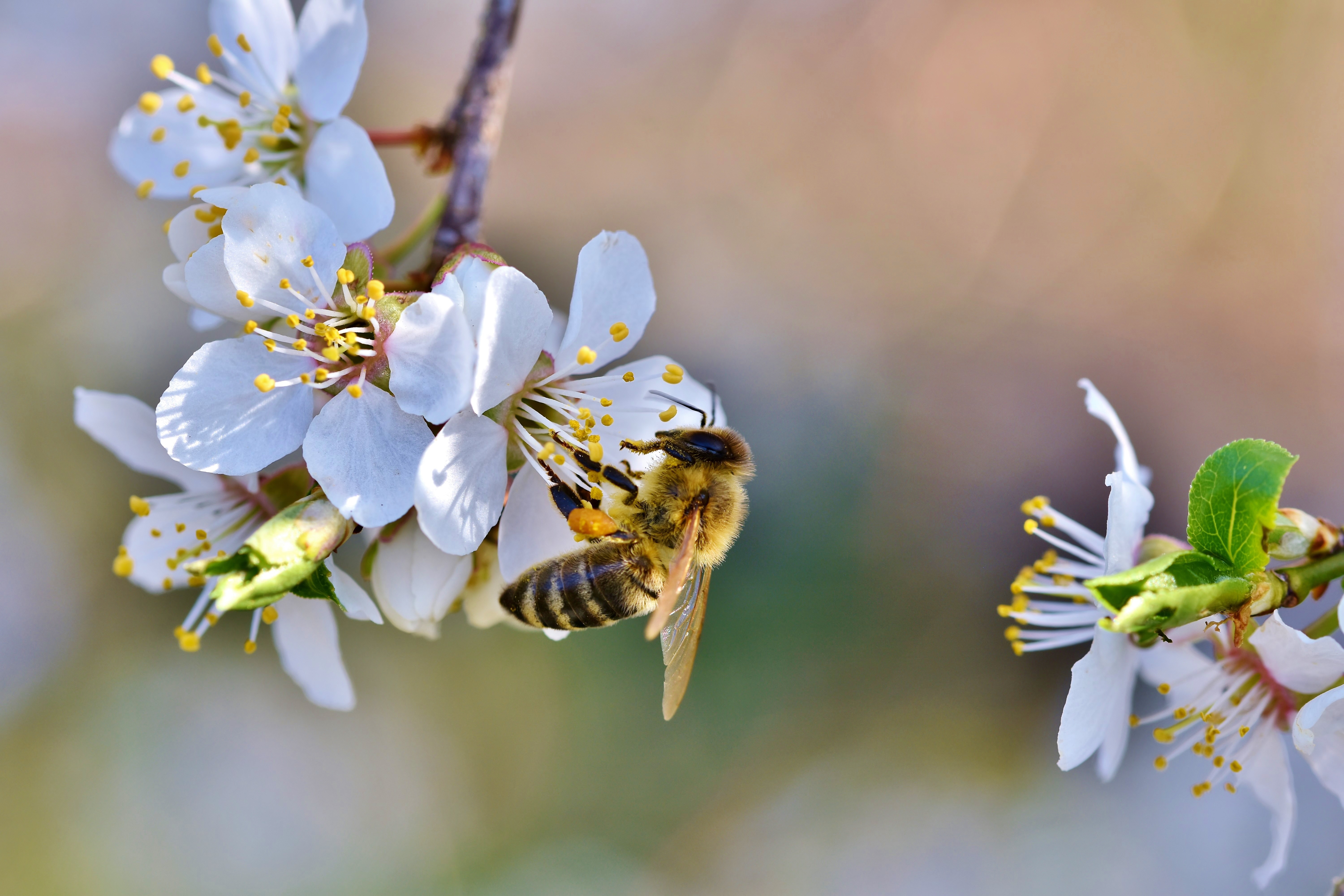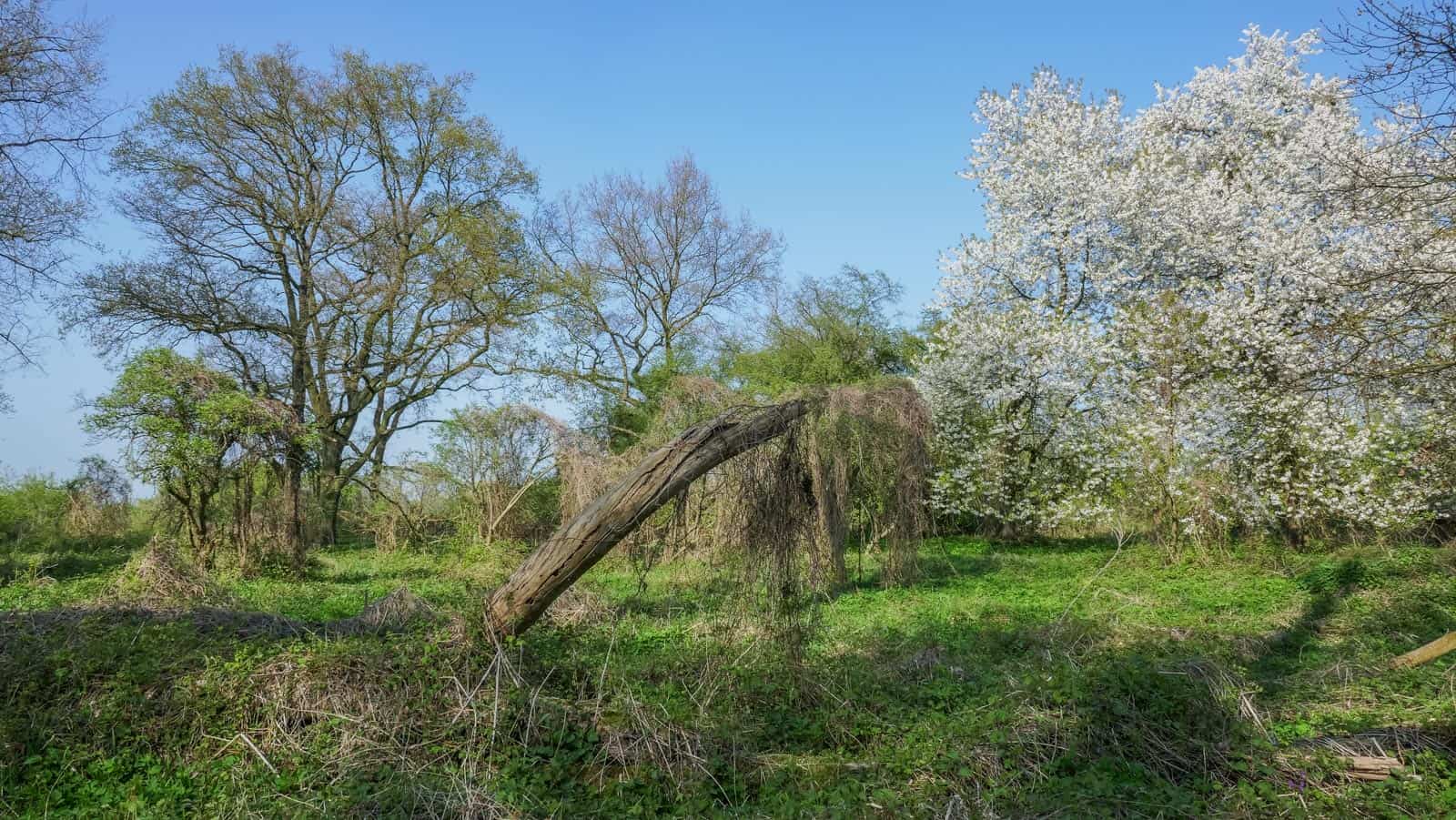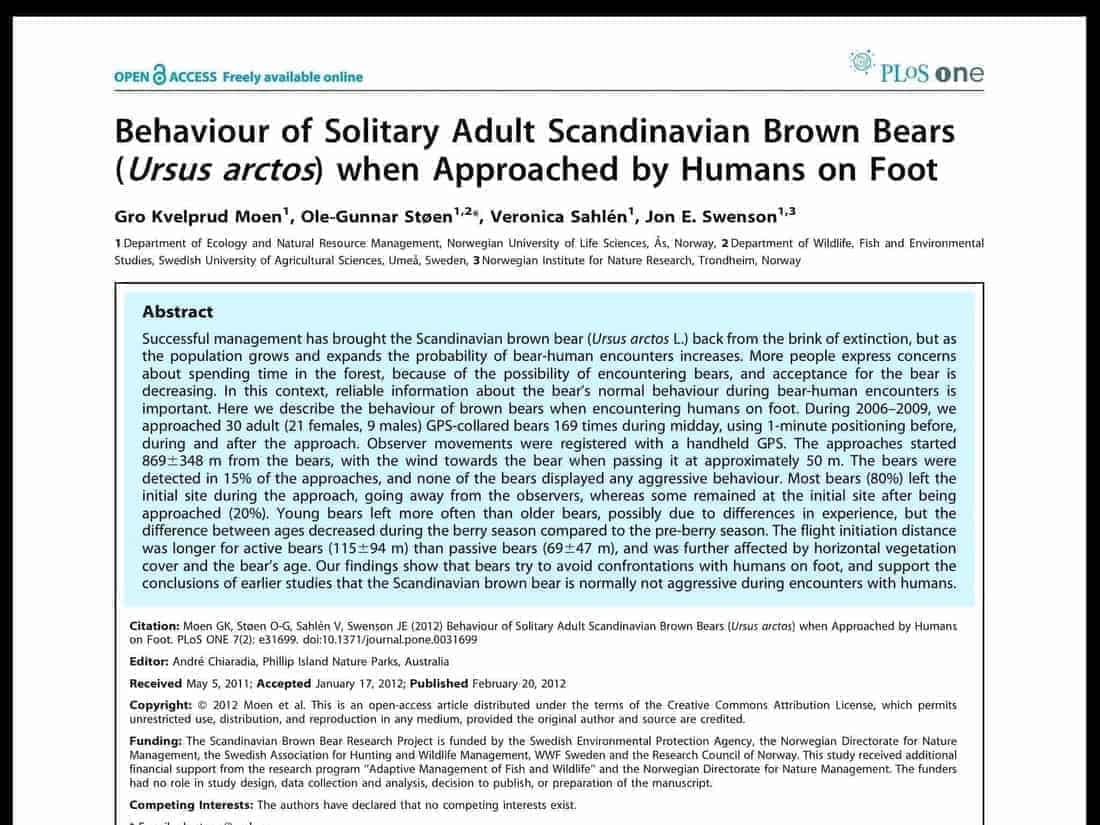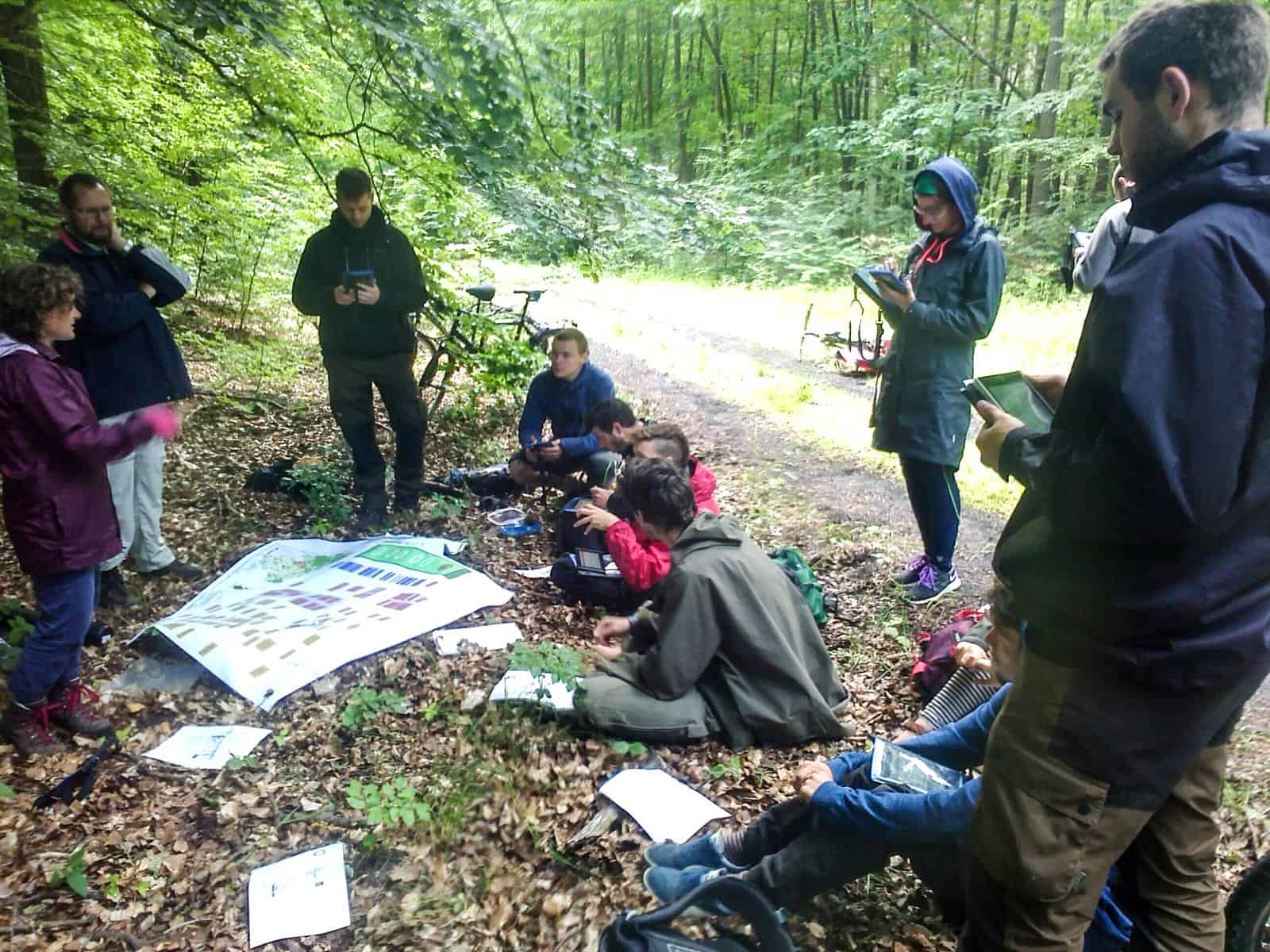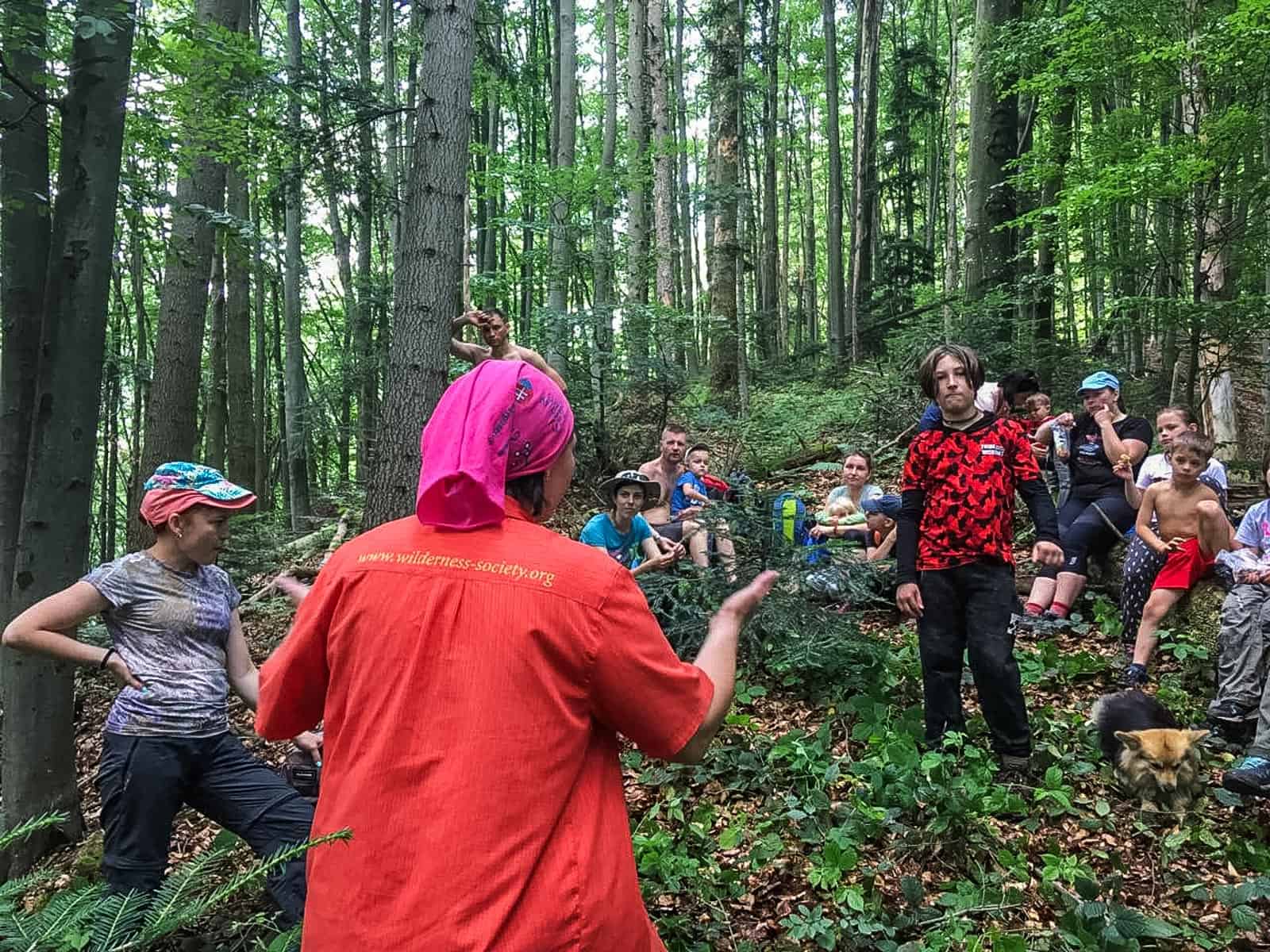Bee-friendly forest
Bees are generally more associated with flowering meadows than with dense forests. The forest, however, is considered their original habitat.
In the past history bees used old grow-forest as their dominant habitat. Old forests besides dense, dark stands were under the intensive pressure of natural disturbances such as windfall, fire or insect impacts. That processes created extensive fragmentation of forests and so also bees favourable habitats. That offered wide variety particularly of nesting sites for bees in the form of tree cavities. We can say that already in that time it was a bee-friendly habitats – bee-friendly forests.
Researchers currently investigate the extent to which current contemporary deciduous and mixed forests are suitable as foraging habitats for the such busy insects as bees.
Essential benefit of bee
Bees are prized for the essential ecosystem service they provide as pollinators. Some plants can self-fertilize, while others are pollinated by wind, or water. However, many plants require the aid of animals to transfer pollen. Bee is definitely such a species.
Put simply, bees pollinate our plants. That means they carry pollen between plants of different sexes to fertilise them, or even between different parts of the same plant. That help plants reproduce. Bees even help plants survive by preventing inbreeding.
Bee is not only honey
Our first thought of pollinators usually takes us to honey bees in agriculture. Honey bees play a large role in agriculture. This habit resulted that we sometimes the many wild bees that occur in other habitats such as for example forests are overlooked. That is one of the reasons that we know so little about the bees that utilize forest habitats.
Major current forest disturbances such as for example logging and wildfire in certain extend mimic historical successional forest dynamics. This kind of disturbances increases abundance and diversity of many bee species Researches only recently investigated the extent to which economically used deciduous and mixed forests are suitable as a foraging habitat for the bee.

Distance to food is limiting factor
Bees communicate through the so-called waggle dance. The research studied this way of behaviour. That revealed that the bees tell their fellow bees the approximate location of a food source during these dances. That provide a guidance to draw conclusions about foraging distances and habitat preferences.
The surprising result of this research was that the bees use the man planted forests far less than expected. Bees colonies that lived deep in the forest often had to travel long distances to find food.
The bees need more diverse forests
Honeydew flowers or flowering tree species such as linden, robinia and chestnut or bushes such as blackberries and raspberries offer the bees an important source of carbohydrates for short periods of the year and sometimes also pollen as a source of protein. Bees however, the bees need a balanced supply of food throughout the season.
Researched conclude that if we want to create a more bee-friendly environment, forest stands should be diversified with insect-pollinated trees – cherry, lime, maple, willow. Allowing secondary succession, i.e. the natural return of the flora and fauna typical of a location, to gaps in the forest could help.
It seems that in currently managed forests a critical factor is as a lack of available tree cavities. That means lack of old trees.
The benefit of the forest with natural disturbance
In a possible next step, it would be useful to examine and compare the suitability of forests for bees in different regions of Europe. Forests with a different composition of trees and management.
It would be particularly interesting to compare commercial forests with forests in protected areas where major natural disturbances occur. More natural disturbances and less optimization for economic purposes should not only increase the diversity of flowers in the forest, but also improve the chances of survival of wild bee colonies.

Bees and biodiversity
The bee needs a more diverse forest as a habitat. Such forests also make a significant contribution to preserving biodiversity. The overwhelming majority of plants depend on cross-pollination. The bee, is one of the most important pollinators, along with numerous other insect species.
Conclusion
Not only the bees benefit from a more diverse forest, but ultimately also the forest itself – a diverse ecosystem is a healthy ecosystem and less susceptible to pest infestation. The conversion of the man planted monoculture forests to species rich mixed deciduous forests not only promotes biodiversity, but also the adaptation to future climatic conditions, emphasizes many researchers.
Research revealed that especially in late summer, the supply of pollen in the forest was not guaranteed or only insufficiently guaranteed. This is not good because this is a critical time for the bee colonies and their survival.
One of the main reasons of this situation is the beech, which is dominant tree species in Central Europe. Beech forests are dark, not much grows on the ground. Hardly any plant can cope with the light conditions in beech forests after the canopy has closed. The important diverse herb layer is missing – and not only for bees.

